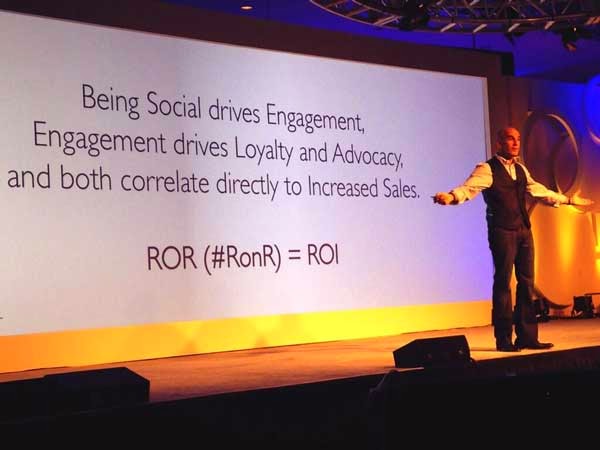Simply put, sex in advertising is the use of sexually provocative or erotic imagery (or sounds, suggestions and subliminal messages) that are specifically designed to arouse interest in a particular product, service or brand.
Typically, sex refers to beautiful women (and increasingly, handsome men) that are used to lure in a viewer, reader or listener, despite a tenuous a non-existent link to the brand being advertised.
Throughout History, Sex Has Been Used As A Selling Tool.
It's been said that as human beings, we have a lizard or reptilian brain that responds to certain primal urges. Food is one. Sex and reproduction is definitely another. This underlying, pre-programmed disposition to respond to sexual imagery is so strong, it has been used for over 100 years in advertising. And the industry, while abusing it more and more, would be foolish to ignore the draw of sexual and erotic messaging.
Back in 1885, W.Duke and Sons, a manufacturer of facial soap, included trading cards in the soap's packaging that included erotic images of the day's most popular female stars. The link between soap and sex is slim at best, but it worked. And ever since, brands have purposely linked themselves to suggestive (or downright blatant) sexual imagery in the search for new customers. In particular, alcohol, fashion, perfume and car advertisements have created strong links with sex.
Does Sex Actually Sell?
Yes, sex sells. It's a fact. Popular mens magazines like Maxim and FHM have experimented often with their covers. Overwhelmingly, when a sexy, semi-naked woman appears on the cover, it outperforms an image of a male star, even if that star is someone men want to read about.
When ads are more sexually provocative, men in particular are irresistibly drawn to them. It's simple genetics. Men respond to sexual images. And if your ad creates a sexual situation, it will get the desired response.
Sex Also Turns Off Customers
There's a fine line, and all too often these days brands are stepping way over the line.Consumers are human, they will respond, but they're also smart, well-educated people who will soon realize that they're being manipulated. People may buy your product one or two times due to the erotic interplay, but if the product isn't any good, you won't hold onto the customers for long. Not only that, they'll feel cheated, talked down to, or outright patronized. And that will take a much greater effort on the part of the advertiser to regain that trust.
The Future of Sex in Advertising
Sex is here to stay, and it's getting more blatant with every passing year. The rise of the internet over the last 20 years has produced a direct line for much stronger, graphic sexual material to enter consumers' homes. And they're responding to it. Pornography,while not used in advertising in its traditional sense, is a multi-billion dollar business. As the rules around sex and consumers become more relaxed, you can guarantee that sex will become a bigger part of our advertising landscape.
The Bottom Line - Use Sexual Ideas Only If It's Appropriate
If you are advertising a male deodorant like Axe (Lynx in the UK) or lingerie like Victoria's Secret, you'd be a fool to overlook such a strong selling mechanism. But if you're trying to sell a lawn mower or a new sofa with nudity and sex, you're doing your product a serious disservice. Yes, you'll get attention. But it's the wrong kind of attention, and won't lead to a bigger and better brand. Sex, used sparingly and judicially, is a strong selling tool. But abuse it, and you will ultimately lose out.
.jpg)
